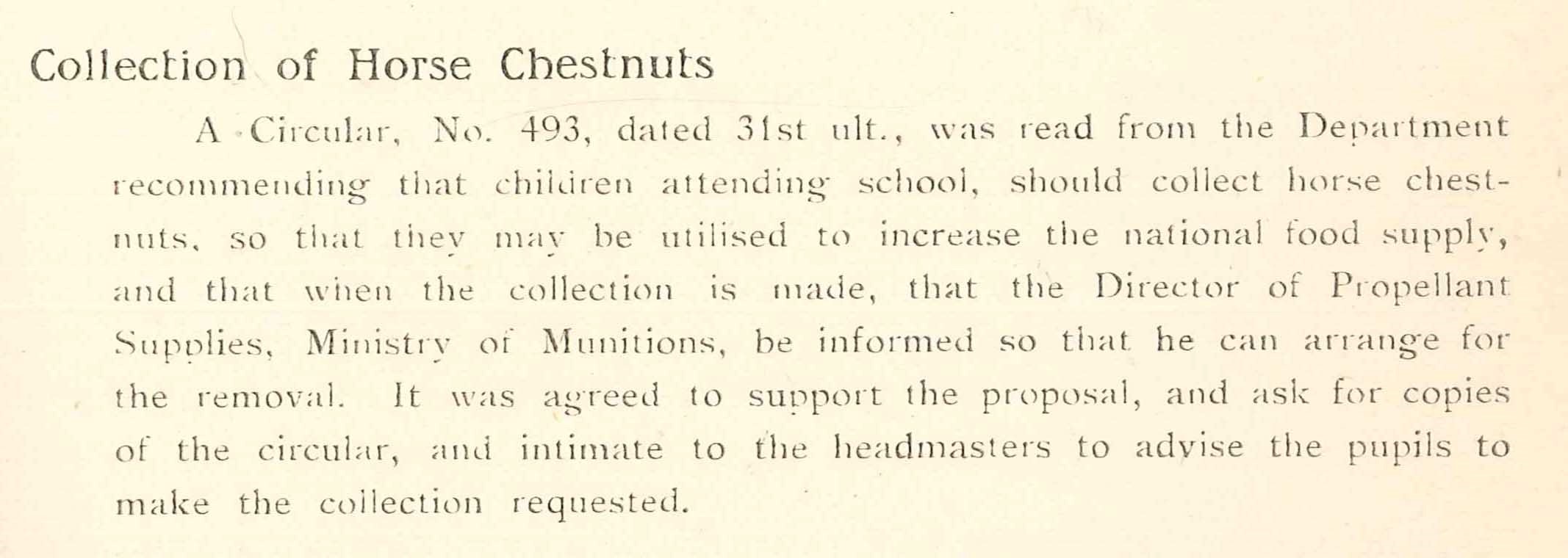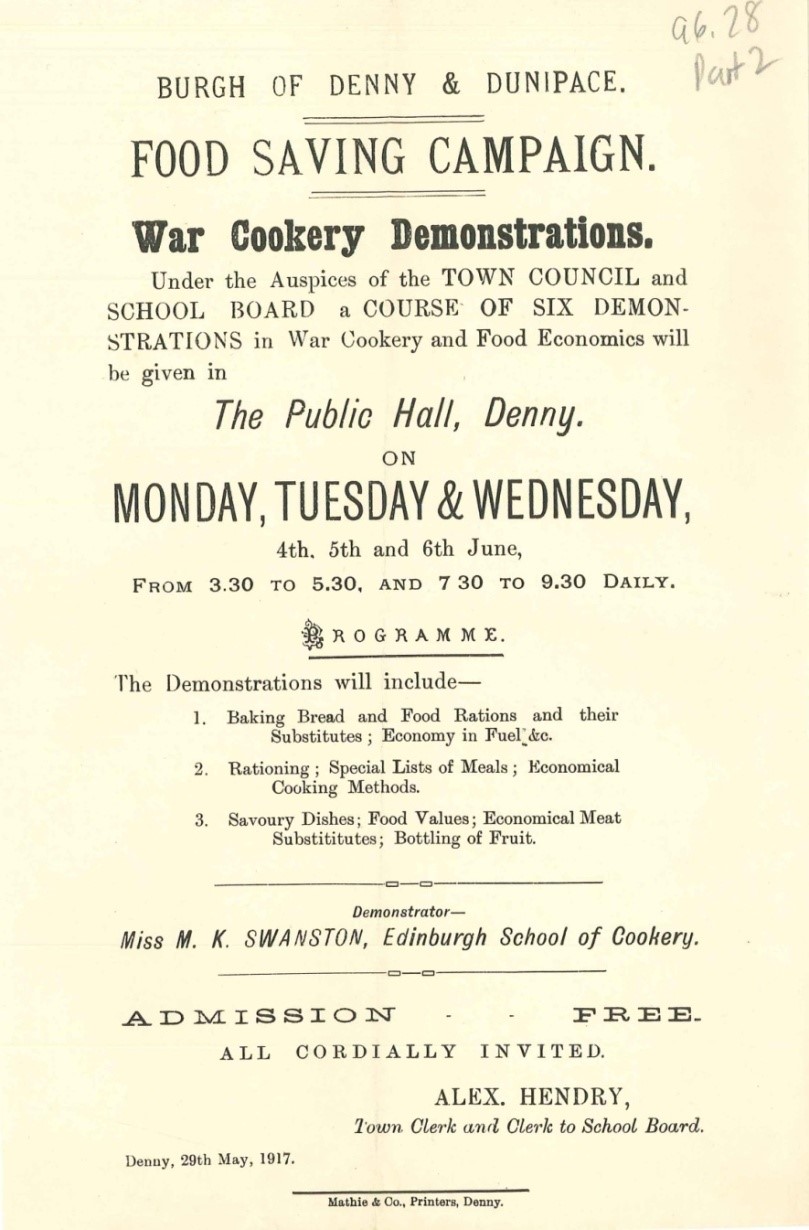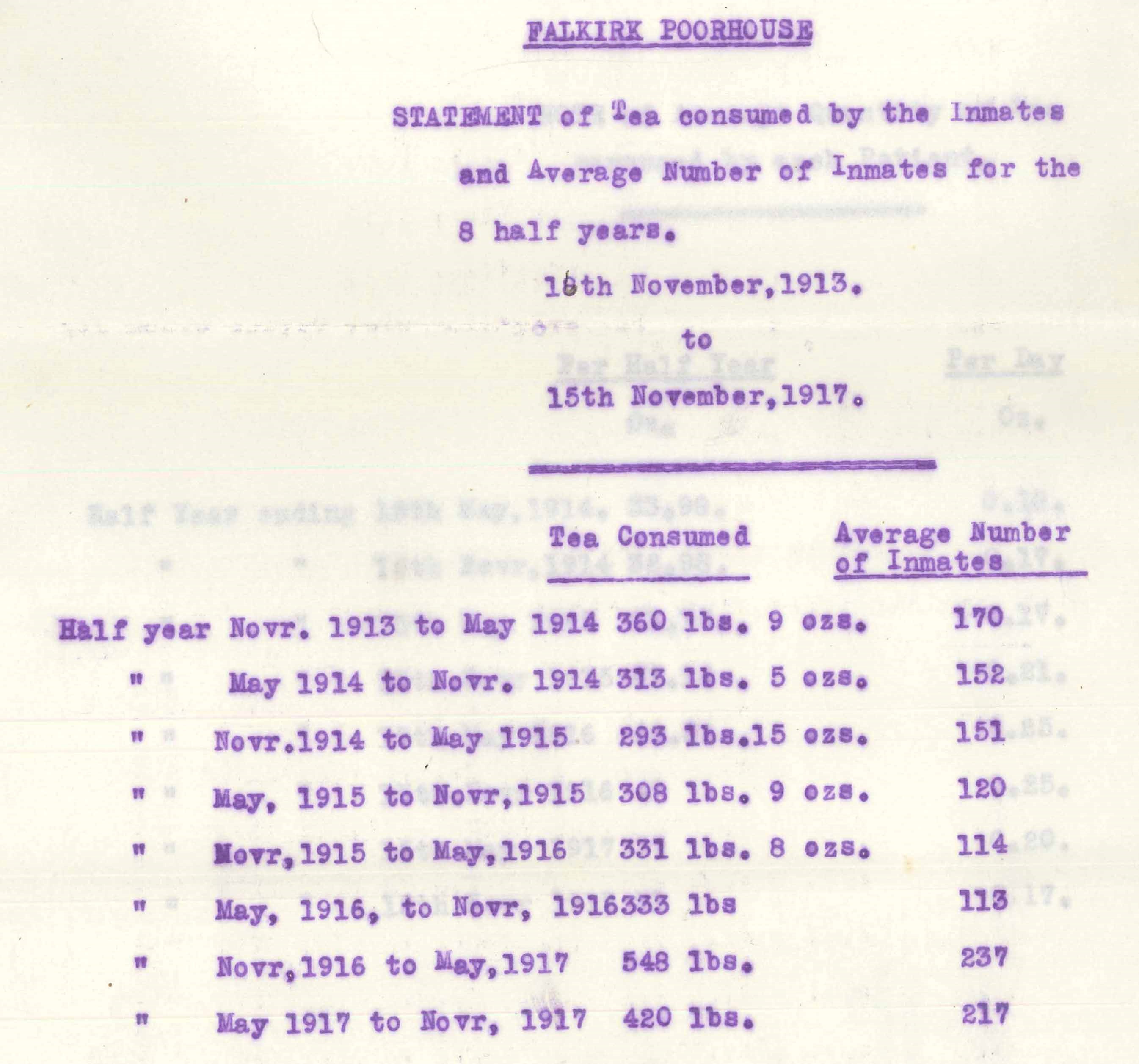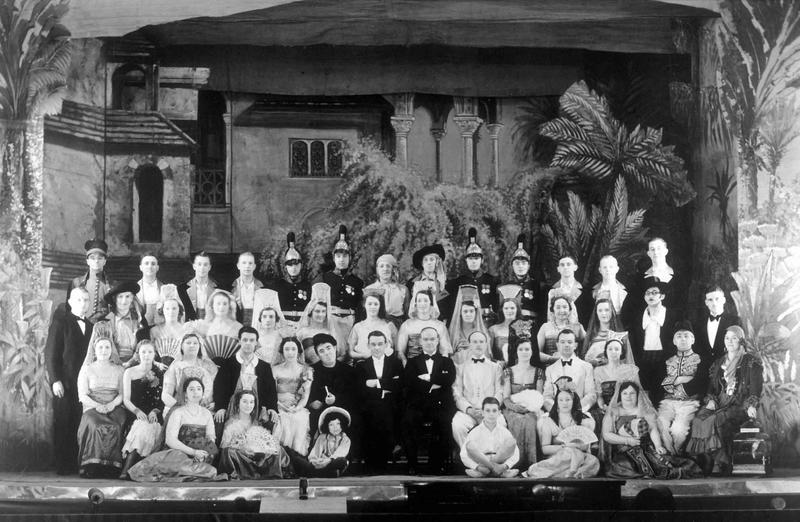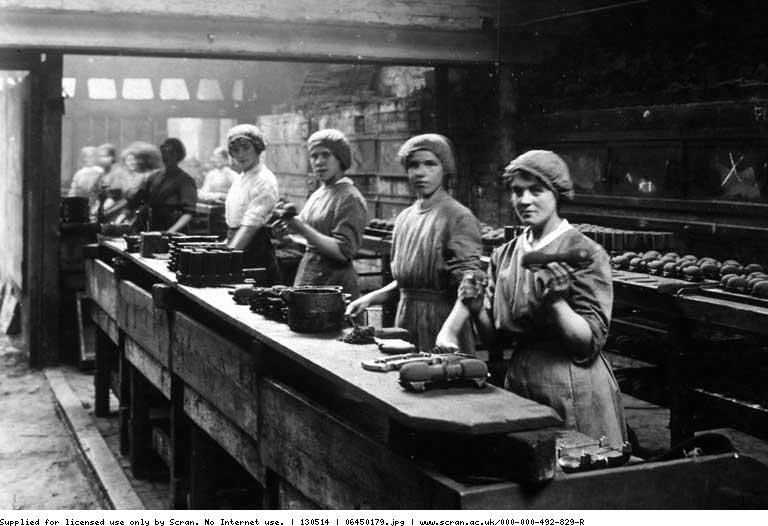Before the war began in 1914, almost 60% of Britain’s food supplies were coming from overseas.
Before the war began in 1914, almost 60% of Britain’s food supplies were coming from overseas. The Germans launched a very successful submarine campaign to target the food supply ships coming from Canada and the USA. The price of bread and potatoes increased as supplies were threatened, and this led to shortages. Long queues would form outside local shops. The Government and local councils put out notices explaining the submarine threat and asking people not to waste food. Food demonstrations and printed recipe sheets were organised to help home cooks make the most of what they had. By the end of 1917, when the submarine threat was at its height, a great many ships carrying food and raw materials were being lost. Rationing was finally introduced in early 1918 to ensure the supply across the population of key foodstuffs such as tea, sugar, dairy products and meat. One problem that resulted from the fear of food shortages was food hoarding and in 1917 Falkirk Poorhouse was fined £20 by the Sheriff Court for hoarding 800lbs of tea. Those at home were encouraged to supplement their food supplies by growing potatoes and keeping chickens. The local authorities also relaxed the bylaws around the building of pig sties, and Bo’ness Town Council even built their own municipal piggery. Pigs could be raised very cheaply on waste food so it was an affordable way to boost the food supply. Space for allotments was freed up in Falkirk, so that people could grow their own vegetables, but the uptake from locals wasn’t high.
Before the war began in 1914, almost 60% of Britain’s food supplies were coming from overseas. The Germans launched a very successful submarine campaign to target the food supply ships coming from Canada and the USA. The price of bread and potatoes increased as supplies were threatened, and this led to shortages. Long queues would form outside local shops. The Government and local councils put out notices explaining the submarine threat and asking people not to waste food. Food demonstrations and printed recipe sheets were organised to help home cooks make the most of what they had. By the end of 1917, when the submarine threat was at its height, a great many ships carrying food and raw materials were being lost. Rationing was finally introduced in early 1918 to ensure the supply across the population of key foodstuffs such as tea, sugar, dairy products and meat. One problem that resulted from the fear of food shortages was food hoarding and in 1917 Falkirk Poorhouse was fined £20 by the Sheriff Court for hoarding 800lbs of tea. Those at home were encouraged to supplement their food supplies by growing potatoes and keeping chickens. The local authorities also relaxed the bylaws around the building of pig sties, and Bo’ness Town Council even built their own municipal piggery. Pigs could be raised very cheaply on waste food so it was an affordable way to boost the food supply. Space for allotments was freed up in Falkirk, so that people could grow their own vegetables, but the uptake from locals wasn’t high.
